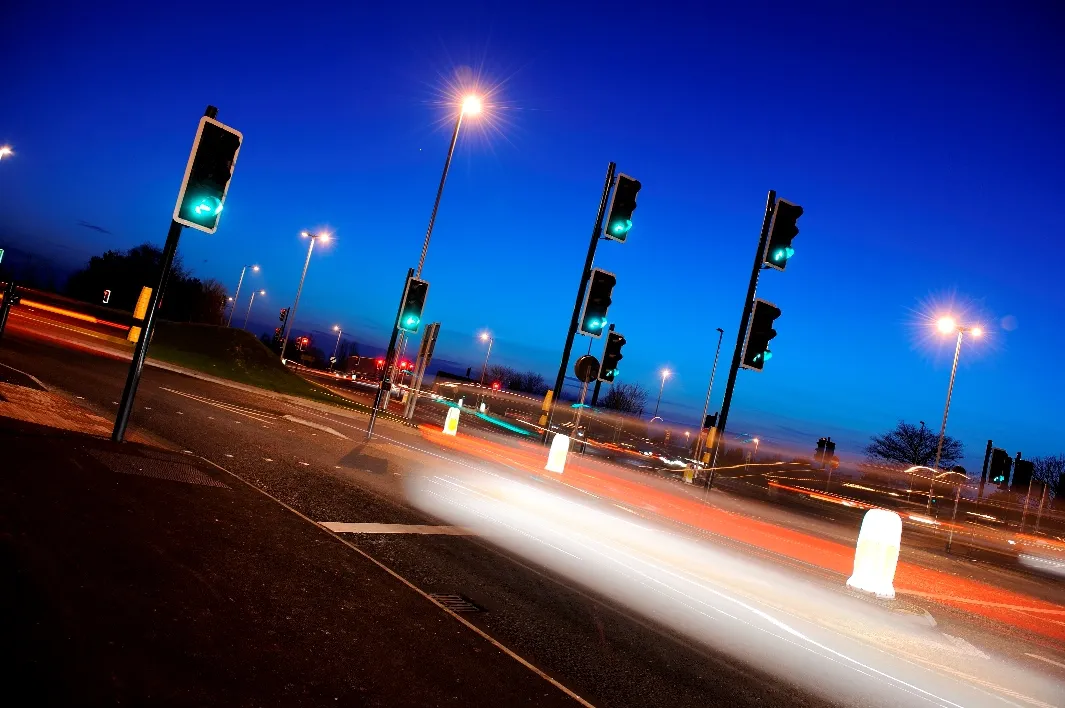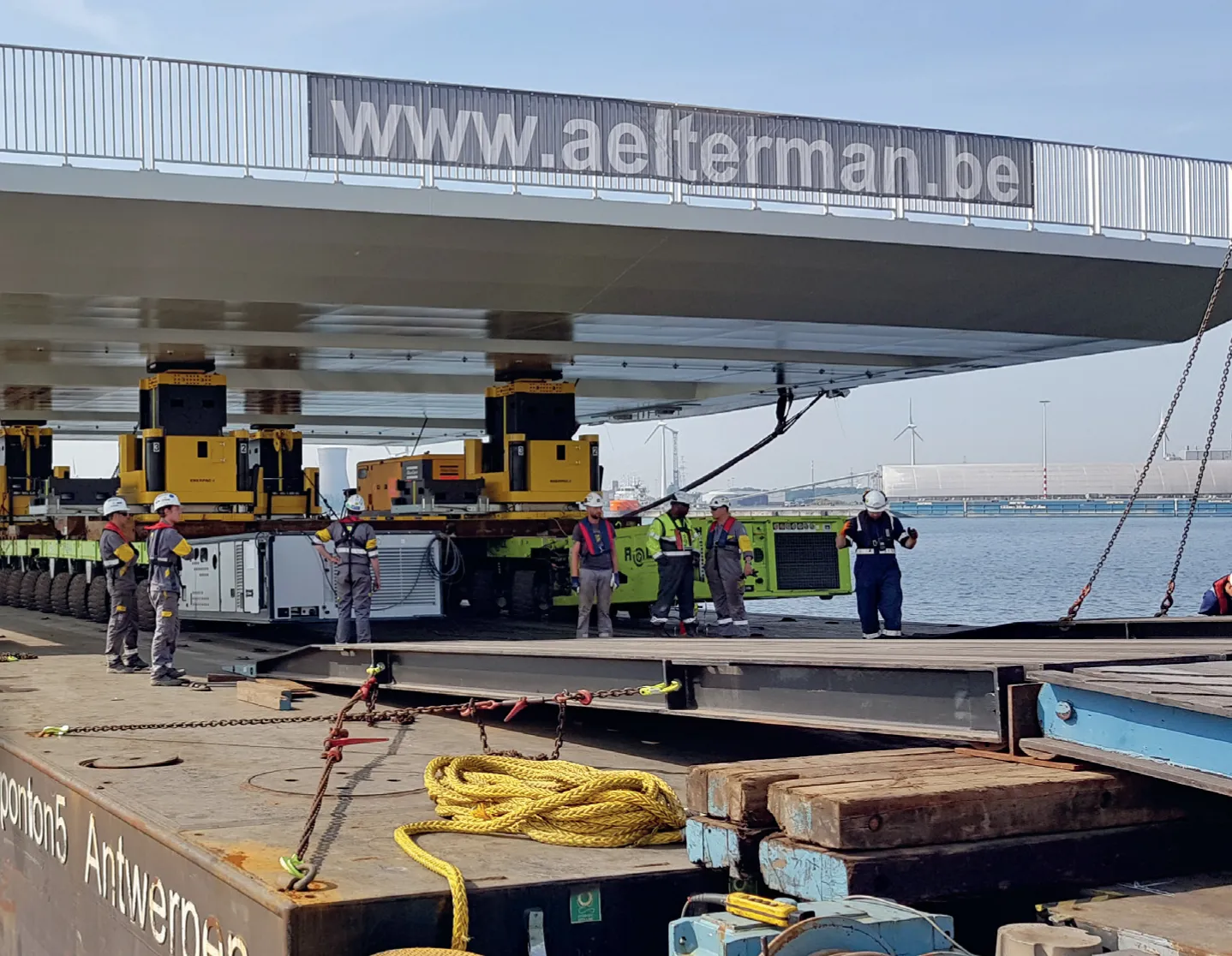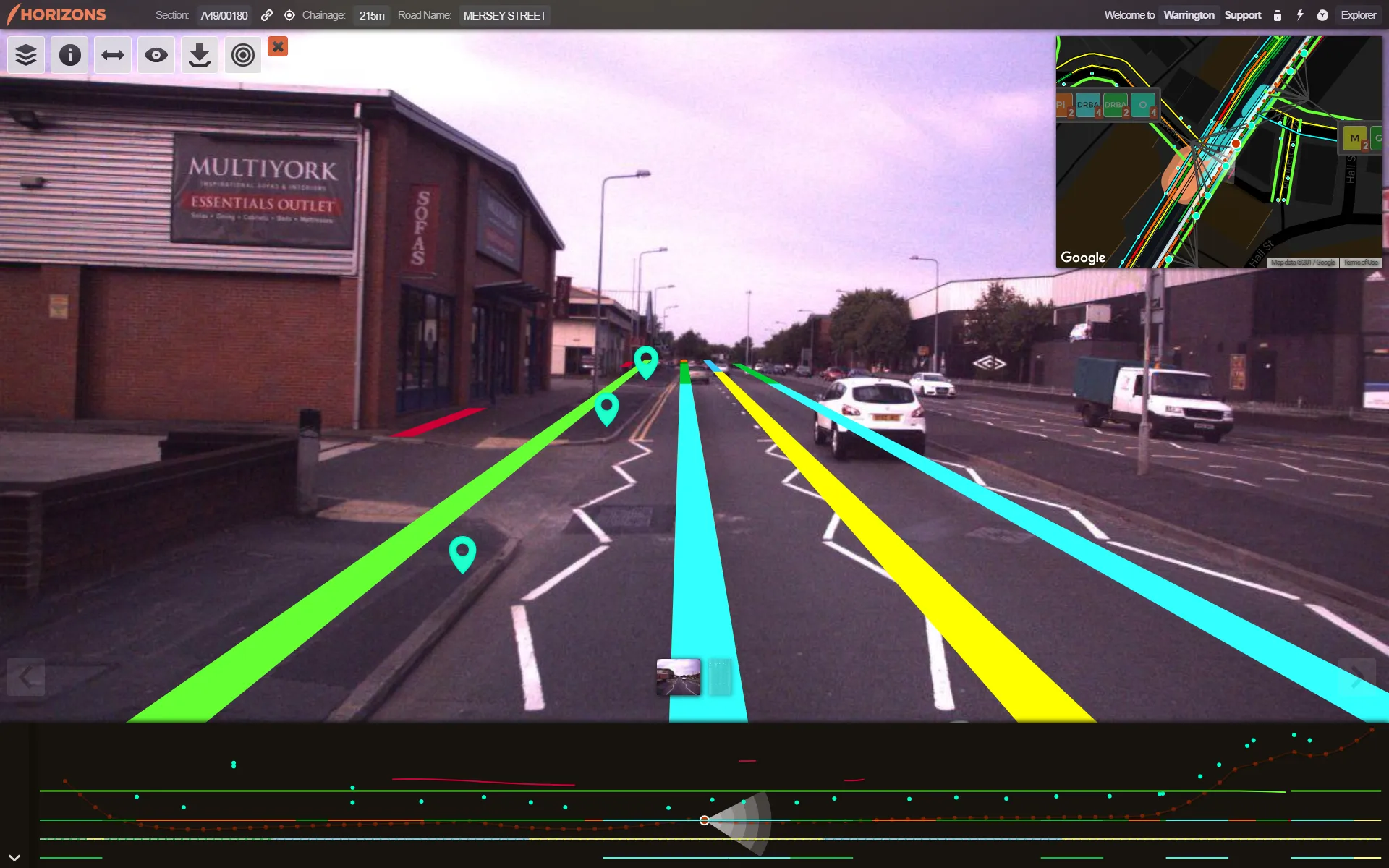
They come in a wide variety of forms, finish and lengths from 2-6m, said Keith Manston, head of product management for
“Siemens conducted extensive wind tunnel testing to evaluate real loads experienced by traffic signals poles when fully equipped,” said Manston. “Each pole has been characterised to ensure it is not overloaded either during initial installation or as part of a typical junction improvement.”
The aluminium construction makes them up to 50% lighter than the equivalent steel pole, improving health and safety by considerably easing installation. Varieties include straight poles and ‘cranked’ poles that are typically used at pedestrian crossings.
They’re mid-level termination design maintains a standard 114mm mounting diameter over the whole pole length. They come in a variety of colours including black, grey and silver finish.







